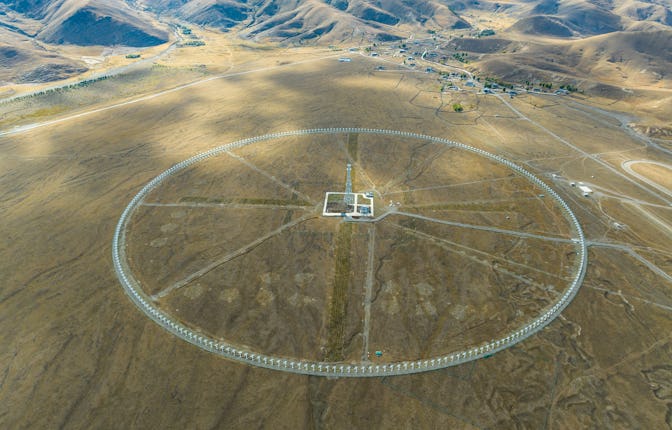8 Years Later, Scientists Solve The Mystery Of A Weird Cosmic Radio Signal
Exploring the origins and implications of fast radio bursts from distant neutron stars

Scientists have traced the source of a mysterious radio signal that traveled an astonishing 200 million light-years to reach Earth. This cosmic phenomenon, known as a fast radio burst (FRB), has intrigued astronomers since its discovery in 2007. The latest findings from researchers at the Massachusetts Institute of Technology (MIT) shed light on the origins of these brief yet powerful bursts of energy, which can outshine entire galaxies in mere milliseconds.
FRB? Yeah, You Know Me
Fast radio bursts are intense flashes of radio waves that last only a fraction of a second — typically around one-thousandth of a second. Despite their brief duration, these bursts can release energy equivalent to that emitted by 500 million Suns. The exact mechanisms behind FRBs remain largely unknown, but they are believed to originate from extremely compact astronomical objects such as neutron stars or possibly black holes.
The specific FRB that has captured the attention of scientists originated from the magnetic field surrounding an ultra-dense neutron star located in a distant galaxy approximately 200 million light-years away. This discovery not only helps explain the nature of FRBs but also provides insights into the turbulent magnetosphere surrounding neutron stars, where such explosive events are likely generated.
The Role of Neutron Stars
Neutron stars are remnants of massive stars that have undergone supernova explosions. They are incredibly dense, with masses greater than that of our Sun compressed into a sphere no larger than a city. The intense gravitational and magnetic fields associated with these celestial bodies create conditions ripe for generating fast radio bursts. As matter spirals into these stars, it can produce powerful jets and magnetic fields that lead to the emission of radio waves.
The identification of this specific FRB source is significant for several reasons. For one, it enhances our understanding of neutron stars and their behavior under extreme conditions. Also, it opens up new avenues for studying cosmic phenomena and mapping out regions in space where similar events may occur. Understanding FRBs could also provide clues about the early universe and the formation of galaxies.
Historical Context
Interestingly, research suggests that similar eruptions may have historical implications on Earth as well. A study indicates that a past FRB could be linked to a cooling event experienced globally around 200 years ago. This connection emphasizes how cosmic events can influence terrestrial conditions and climate patterns.
As scientists continue to explore fast radio bursts, they aim to develop more sophisticated detection methods and observational technologies. By monitoring these signals more effectively, researchers hope to uncover additional sources and understand their potential impacts on both cosmic evolution and Earth’s climate.